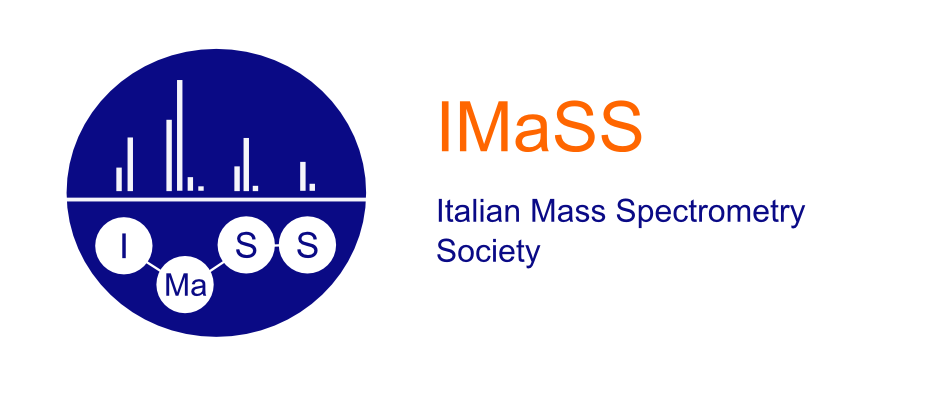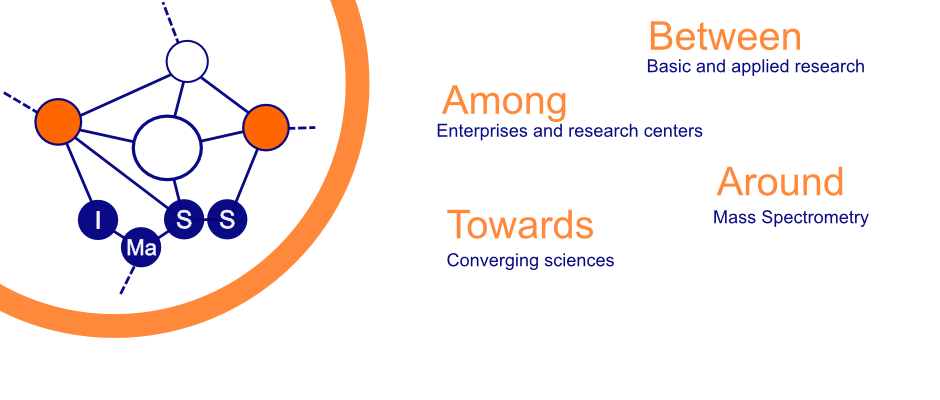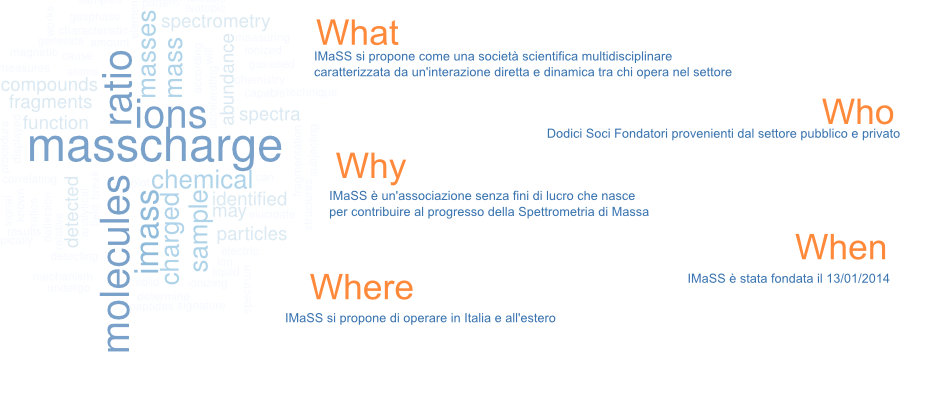Mass spectrometry reviews

Recent developments and applications of selected ion flow tube mass spectrometry (SIFT‐MS)
Selected ion flow tube mass spectrometry (SIFT-MS) is now recognized as the most versatile analytical technique for the identification and quantification of trace gases down to the parts-per-trillion by volume, pptv, range. This statement is supported by the wide reach of its applications, from real-time analysis, obviating sample collection of very humid exhaled breath, to its adoption in industrial scenarios for air quality monitoring. This review touches on the recent extensions to the underpinning ion chemistry kinetics library and the alternative challenge of using nitrogen carrier gas instead of helium. The addition of reagent anions in the Voice200 series of SIFT-MS instruments has enhanced the analytical capability, thus allowing analyses of volatile trace compounds in humid air that cannot be analyzed using reagent cations alone, as clarified by outlining the anion chemistry involved. Case studies are reviewed of breath analysis and bacterial culture volatile organic compound (VOC), emissions, environmental applications such as air, water, and soil analysis, workplace safety such as transport container fumigants, airborne contamination in semiconductor fabrication, food flavor and spoilage, drugs contamination and VOC emissions from packaging to demonstrate the stated qualities and uniqueness of the new generation SIFT-MS instrumentation. Finally, some advancements that can be made to improve the analytical capability and reach of SIFT-MS are mentioned.
ISSUE INFORMATION ‐ ToC
Thermometer Ions, Internal Energies, and In‐Source Fragmentation in Ambient Ionization
Ionization and fragmentation are at the core of mass spectrometry. But they are not necessarily separated in space, as in-source fragmentation can also occur. Here, we survey the literature published since our 2005 review on the internal energy and fragmentation in electrospray ionization sources. We present new thermometer molecules to diagnose and quantify source heating, provide tables of recommended threshold (E 0) and appearance energies (E app) for the survival yield method, and attempt to compare the softness of a variety of ambient pressure ionization sources. The droplet size distribution and desolvation dynamics play a major role: lower average internal energies are obtained when the ions remain protected by a solvation shell and spend less time nakedly exposed to activating conditions in the transfer interface. Methods based on small droplet formation without charging can thus be softer than electrospray. New dielectric barrier discharge sources can gas-phase ionize small molecules while conferring barely more internal energy than electrospray ionization. However, the tuning of the entire source interface often has an even greater influence on ion internal energies and fragmentation than on the ionization process itself. We hope that this review will facilitate further research to control and standardize in-source ion activation conditions, and to ensure the transferability of data and research results in mass spectrometry.
MS‐Based Glycome Characterization of Biotherapeutics With N‐ and O‐Glycosylation
With the increasing FDA approvals of glycoprotein-based biotherapeutics including monoclonal antibodies, cytokines, and enzyme treatments, the significance of glycosylation in modulating drug efficacy and safety becomes central. This review highlights the crucial role of mass spectrometry (MS) in elucidating the glycome of biotherapeutics that feature N- and O-glycosylation, directly addressing the challenges posed by glycosylation complexity and heterogeneity. We have detailed the advancements and application of MS technologies including MALDI-TOF MS, LC-MS, and tandem MS in the precise characterization of glycoprotein therapeutics. Emphasizing MS-based strategies for detecting immunogenic glycans and ensuring batch-to-batch consistency, this review highlights targeted approaches for glycoprotein, glycopeptide, and glycan analysis tailored to meet the stringent analytical and regulatory demands of biopharmaceutical development.
Progress in Tandem Mass Spectrometry Data Analysis for Nucleic Acids
Mass spectrometry (MS) has become a critical tool in the characterization of covalently modified nucleic acids. Well-developed bottom-up approaches, where nucleic acids are digested with an endonuclease and the resulting oligonucleotides are separated before MS and MS/MS analysis, provide substantial insight into modified nucleotides in biological and synthetic nucleic. Top-down MS presents an alternative approach where the entire nucleic acid molecule is introduced to the mass spectrometer intact and then fragmented by MS/MS. Current top-down MS workflows have incorporated automated, on-line HPLC workflows to enable rapid desalting of nucleic acid samples for facile mass analysis without complication from adduction. Furthermore, optimization of MS/MS parameters utilizing collision, electron, or photon-based activation methods have enabled effective bond cleavage throughout the phosphodiester backbone while limiting secondary fragmentation, allowing characterization of progressively larger (~100 nt) nucleic acids and localization of covalent modifications. Development of software applications to perform automated identification of fragment ions has accelerated the broader adoption of mass spectrometry for analysis of nucleic acids. This review focuses on progress in tandem mass spectrometry for characterization of nucleic acids with particular emphasis on the software tools that have proven critical for advancing the field.




